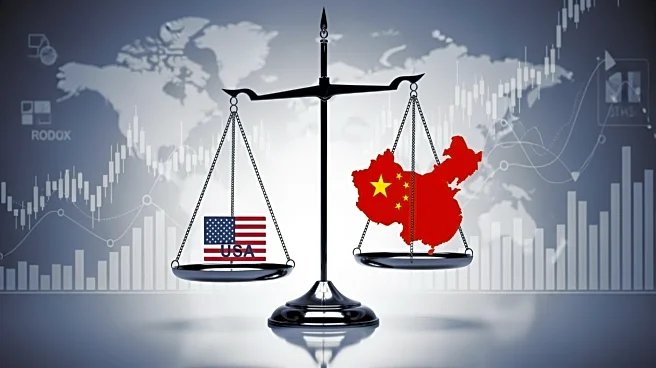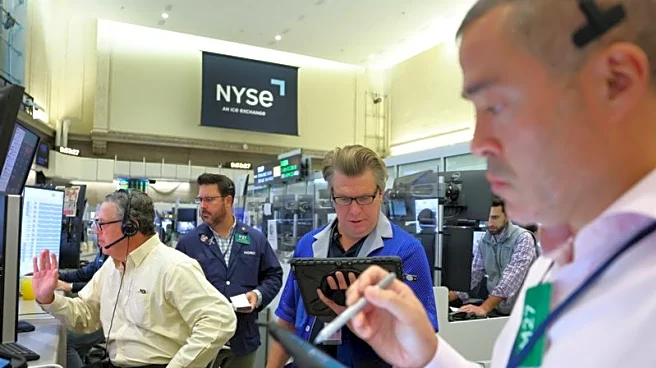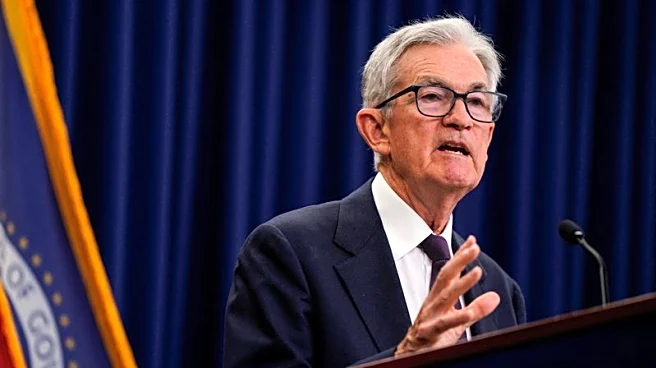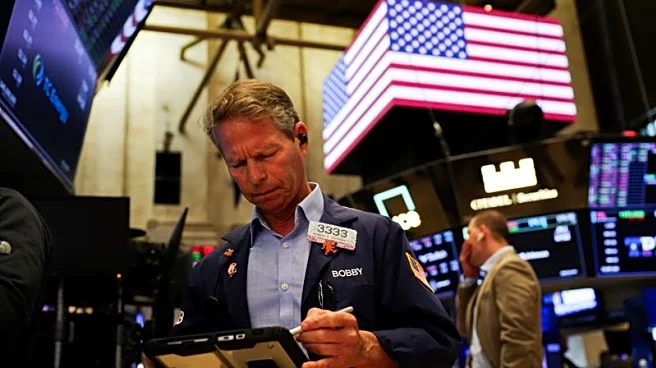What's Happening?
U.S. Treasury Secretary Scott Bessent announced that the Trump administration will implement price floors in various industries as a response to China's economic strategies. This decision comes amid escalating
trade tensions between the U.S. and China, with China accused of using its dominance in the rare earth industry to undercut foreign competitors. Price floors are government-imposed limits on how low suppliers can charge for goods or services, typically set above the market rate. This move is part of a broader industrial policy aimed at countering China's 'nonmarket economy' practices. Despite these tensions, major U.S. banks like Bank of America and Morgan Stanley have reported strong earnings, indicating resilience in the U.S. economy.
Why It's Important?
The implementation of price floors by the U.S. government is a significant step in the ongoing trade conflict with China. It reflects a strategic shift towards more direct economic intervention to protect domestic industries from foreign competition. This policy could impact various sectors by potentially increasing prices for consumers and altering market dynamics. The strong earnings reported by U.S. banks suggest that, despite trade tensions, the financial sector remains robust, which could bolster investor confidence and stabilize the stock market. However, the long-term effects of these trade policies on the U.S. economy and global trade relations remain uncertain.
What's Next?
The next steps involve monitoring the impact of price floors on affected industries and assessing China's response to these measures. The U.S. may continue to adjust its trade policies based on China's actions and the economic outcomes of these interventions. Additionally, upcoming earnings reports from major technology companies like Tesla and Intel could influence market sentiment and provide further insights into the economic landscape amid these trade tensions.













